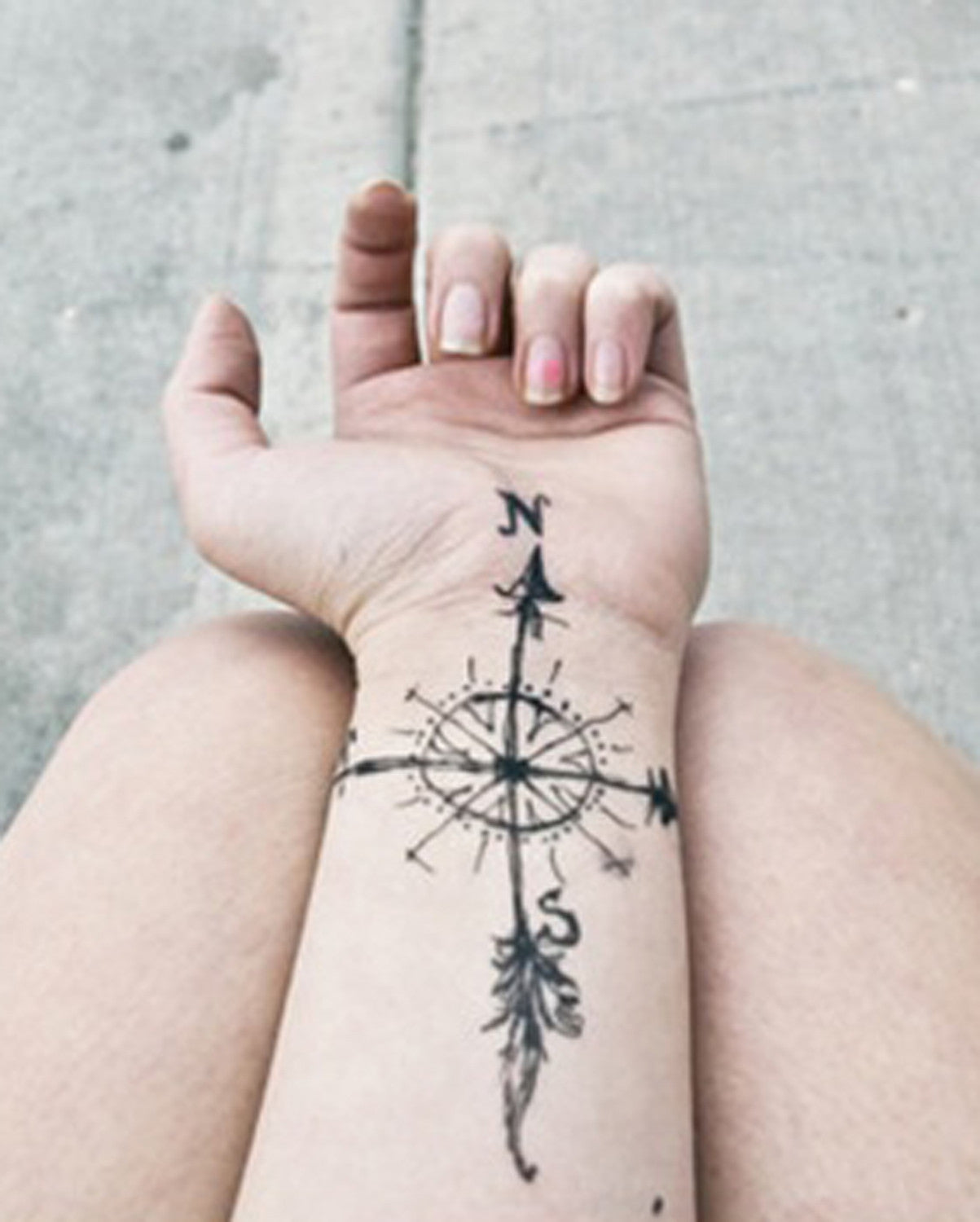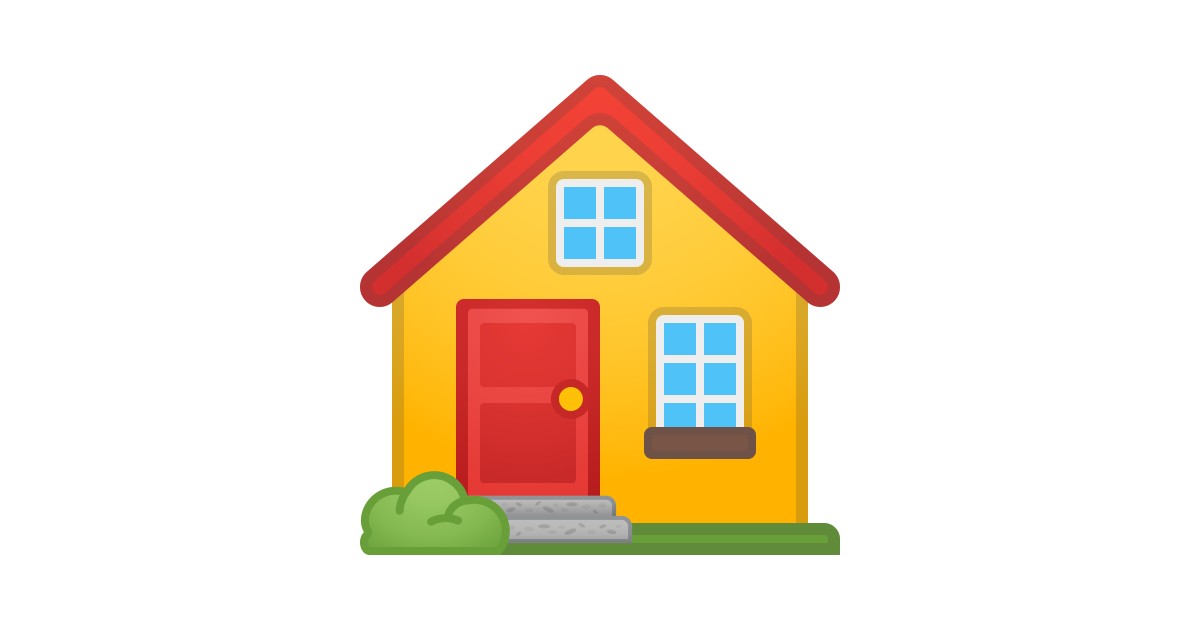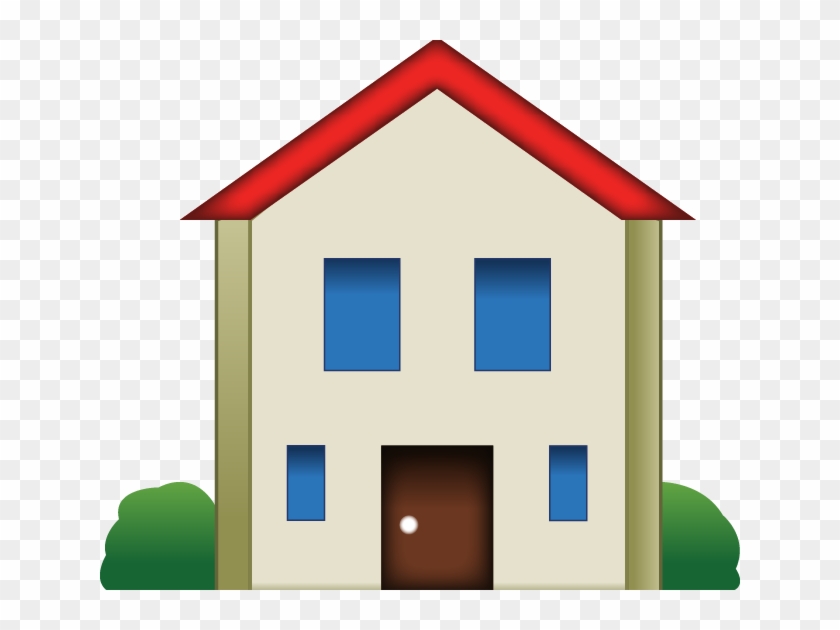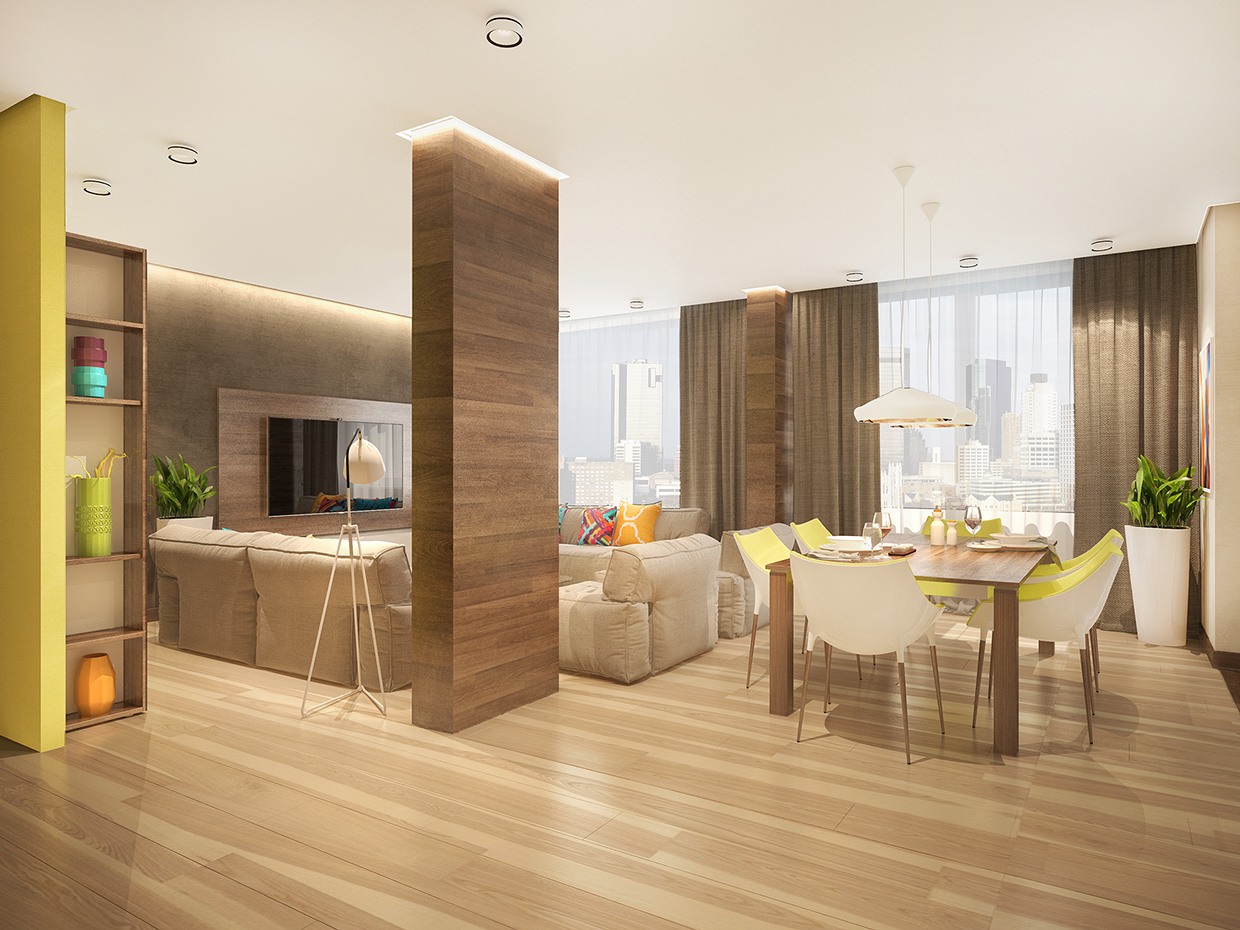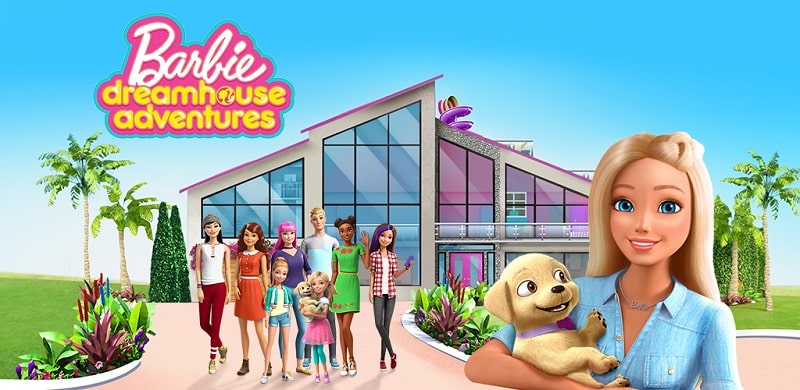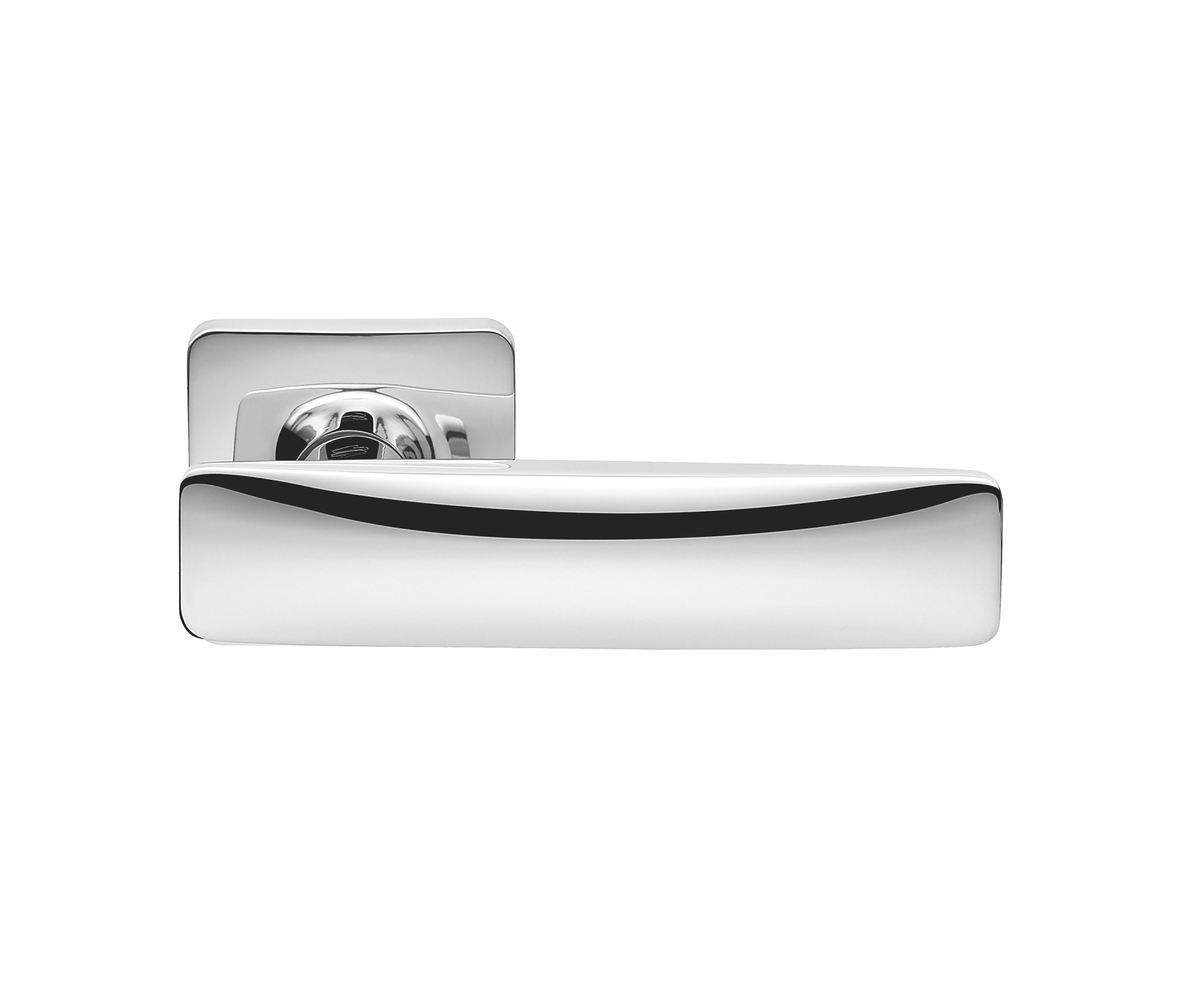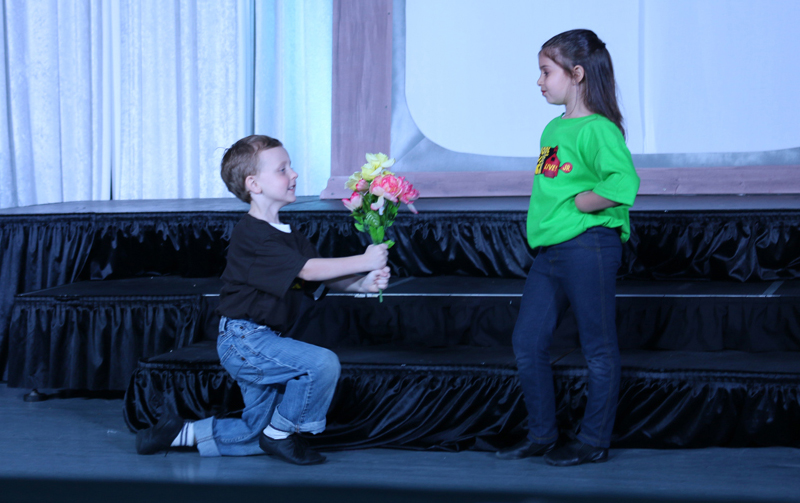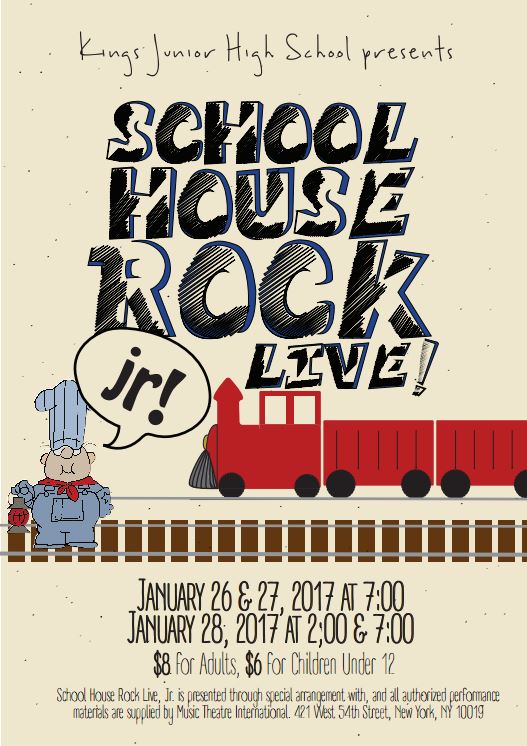Table Of Content
The challenge is to make the vehicles entirely out of dry pasta using only adhesive (such as hot glue) to hold the components together. Students learn about the process of reverse engineering and how this technique is used to improve upon technology. Students analyze push-toys and draw diagrams of the predicted mechanisms inside the toys. Then, they disassemble the toys and draw the actual inner mechanisms. Students design a temporary habitat for a future classroom pet—a hingeback tortoise.
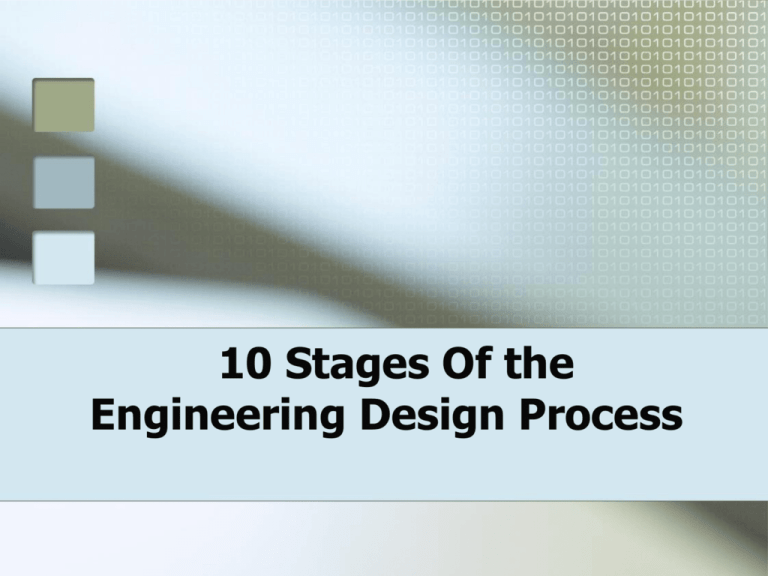
Specify Requirements
RMS Junior Engineering Students Test their Vehicle Designs on the Randolph Raceway - TAPinto.net
RMS Junior Engineering Students Test their Vehicle Designs on the Randolph Raceway.
Posted: Fri, 21 Jan 2022 08:00:00 GMT [source]
Students investigate Python and Jupyter Notebook to analyze real astronomical images in order to calculate the interstellar distance to a star cluster across the Milky Way from our own Solar System. They learn how to write Python code that runs in a Jupyter Notebook so they can determine the brightn... When you purchase a Certificate you get access to all course materials, including graded assignments.
Final Implementation and Deployment
After narrowing down to a viable design concept, the next phase involves creating a prototype. A prototype is a preliminary model that serves as a working example of the final design. This step is essential for visualising and testing the design concept in a tangible form. Often it is made with different materials than the final version, and generally it is not as polished.
Testing and Evaluation
This structured approach ensures efficiency and effectiveness in the development of products or systems. Students apply their knowledge of scale and geometry to design wearables that would help people in their daily lives, perhaps for medical reasons or convenience. Like engineers, student teams follow the steps of the design process, to research the wearable technology field (watching online videos an... Students learn the steps of the engineering design process (EDP) and how to use it ... Using paper, paper clips and tape, student teams design flying/falling devices to stay in the air as long as possible and land as close as possible to a given target.
Student pairs design, redesign and perform simple experiments to test the differences in thermal conductivity (heat flow) through different media (foil and thin steel). Then students create visual diagrams of their findings that can be understood by anyone with little background on the subject, appl... Students gain practice in Arduino fundamentals as they design their own small-sized prototype light sculptures to light up a hypothetical courtyard.
Improving capital projects planning with technology - McKinsey
Improving capital projects planning with technology.
Posted: Tue, 20 Feb 2024 08:00:00 GMT [source]
Look at whether each possible solution meets your design requirements. The interactive diagram below may help you understand the engineering design process, and how it is applied to an experiment or project. Use the "return to top" button to return to the diagram for more exploration. As the consumption of electronics increases worldwide, significant strain is posed on both the availability of mineral resources and the accumulation of waste due to their disposal.
In this article, we'll explain exactly what the engineering design process is and provide a step-by-step guide for using it for the development of your next product. Having chosen your approach, the next step is to refine and improve the solution to create a design proposal. This stage can be ongoing through the length of your project and even after a product has been delivered to customers.
Resources
They create specialized materials with features such as waterproofing and stain resistance. The challenge starts with student teams identifying an intended user and developing scenarios for using their developed ... Students explore how mass affects momentum in head-on collisions and experience the engineering design process as if they are engineers working on the next big safety feature for passenger cars. They design, create and redesign impact-resistant passenger vehicle compartments for small-size model car... Students apply what they have learned about the engineering design process to a real-life problem that affects them and/or their school. They choose a problem as a group, and then follow the engineering design process to come up with and test their design solution.
Define the problem you want to solve with your product
This might be the most rewarding yet nerve-wracking stage of the engineering design process. There are several possible results that can come from testing our prototype, whether it works or not. Based on the results of the tests, we will determine what we need to redesign and change. The engineering design process is an iterative method involving a series of activities to guide engineering teams and solve complex engineering problems. Teaching the EDP is like giving students a superpower for tackling problems and thinking critically.
By teaching engineering, we’re not just imparting technical skills, we’re fostering a mindset of innovation and creativity. We’re empowering students to become more than just consumers of technology. We’re shaping them to be the inventors and problem-solvers of tomorrow, capable of designing and creating what has never existed before.
Initial models and prototypes may be created to explore these concepts further. Once the problem is identified, engineers gather relevant information and resources. They consider existing solutions, and constraints, and specify the requirements for the project combining this knowledge into a set of specifications that guide the subsequent stages. The engineering design process is a methodical approach that engineers use to create functional products and processes. It serves as a blueprint for problem-solving and innovating in various disciplines. Students engineer a working pair of shin guards for soccer or similar contact sport from everyday materials.

They program Arduino microcontrollers to control the lighting behavior of at least three light-emitting diodes (LEDs) to create imaginative light displ... Students learn how engineering design is applied to solve healthcare problems by using an engineering tool called simulation. While engineering design is commonly used to study and design everything from bridges, factories, airports to space shuttles, the use of engineering design to study healthcar...
So, it’s a continuous ride on the innovation roller coaster where great ideas meet some serious trial-and-error in the quest for the perfect solution. The engineering design process was developed to create products that meet the needs of a target audience. By taking a structured approach to design that follows a defined path from problem to solution, engineers can research multiple ideas to determine which solution is most viable. Students further their understanding of the engineering design process while combining mechanical engineering and bio-engineering to create assistive devices.
